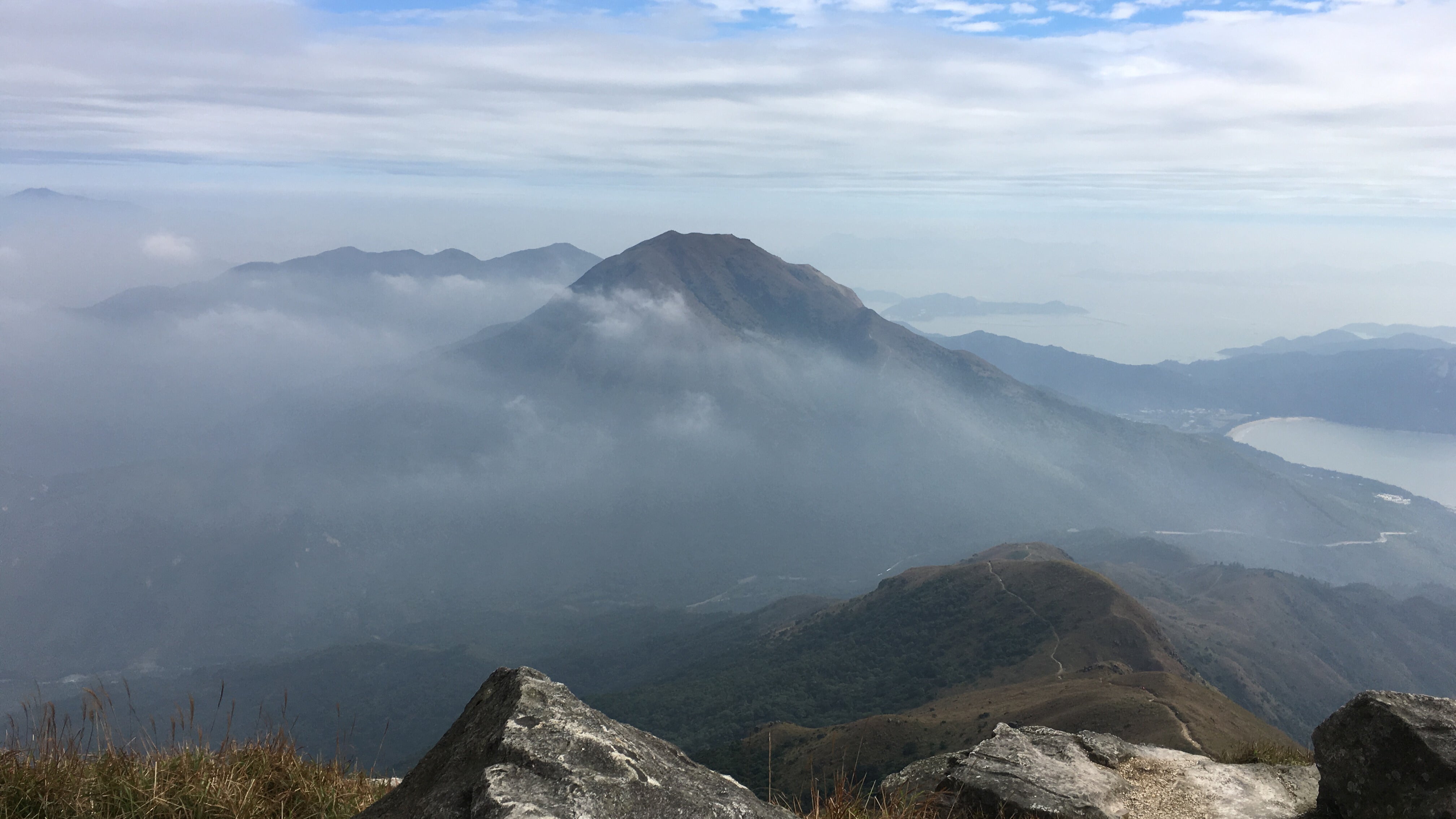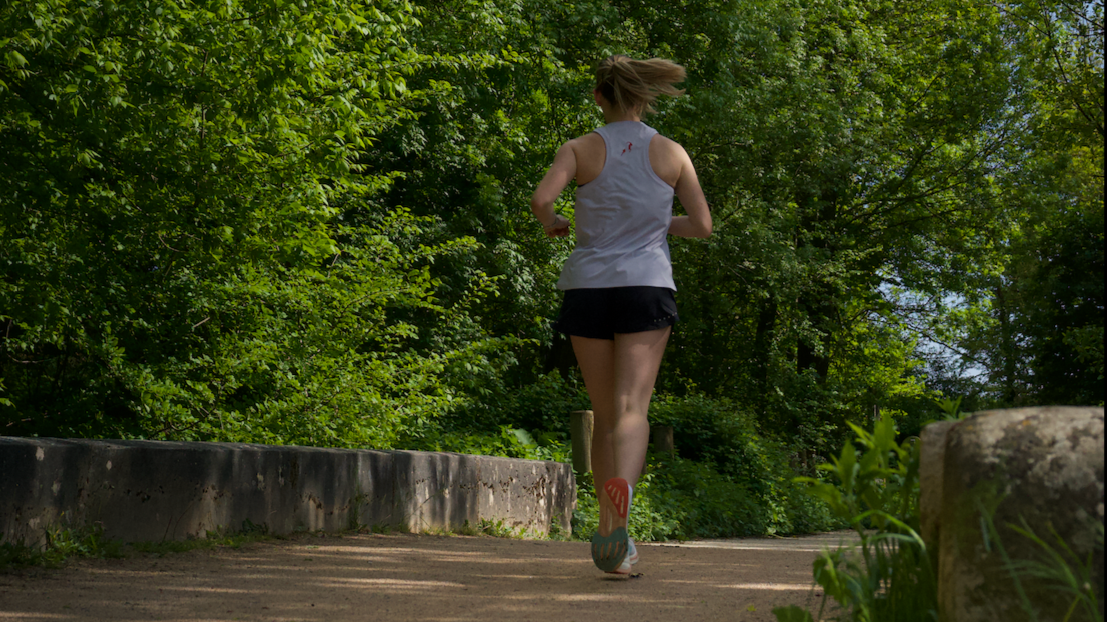
How to equip yourself lightly for trail running?
Trail running means going on an adventure in the great outdoors, often for several hours depending on the distance covered, and sometimes tackling some serious elevation changes. These are two almost 'contradictory' characteristics in terms of equipment. The first, linked to the adventure in the great outdoors, requires bringing with you everything you need to eat, hydrate, adapt to the conditions (day/night, burning sun) and protect yourself from bad weather (rain, snow, wind, cold). The second requires running while remaining as light as possible to tackle the climbs and delay fatigue during long trail outings by avoiding being too weighed down by the equipment you have to carry. So how can you reconcile the two and equip yourself lightly for trail running? Here are some answers in this article to help you run light while ensuring your safety.
Trail shoes, clothing and bags
To begin with, trail shoes are essential for uneven terrain, especially those with stones. Ideally, your trail shoes should be both lightweight and protective, especially in the soles to protect the soles of the feet from sometimes angular and sharp stones. The soles must also offer excellent grip to pass without hindrance on wet sections and sufficient cushioning for the descending sections. For clothing, it is ideal to respect the principle of three layers on the top except for very short sessions. Why three layers? Because weather conditions can change quickly, especially in the mountains, and because the temperature delta will depend on the altitude differences between passing through the valley bottom and passing at the top of a pass or a mountain. The idea is therefore to have three layers with you: 1. a first layer or a light, short-sleeved T-shirt, breathable and ideally with a fabric resistant to abrasion from the backpack on the back and on the shoulders/upper torso; 2. a second long-sleeved layer for passages in cooler or exposed areas; 3. A third layer with a light waterproof jacket in case of rain or strong wind. At the bottom, trail shorts should be sufficient in the vast majority of cases (except on the coldest days in winter or on races with passages at very high altitude). Trail shorts must be light, breathable, comfortable and offer numerous pockets for easy access to gels, bars, a cell phone, etc. Finally, the trail running bag is a must for trail outings and in particular for hydration. The bag must offer a minimum capacity of 3 to 5 liters. On very long outings and in very hot weather, it will be necessary to plan and check water supply options in advance before setting off on your adventure.
Short or long outings, hot or cold weather
To complement the first tips above, you should also consider the expected duration of the planned trail outing and the weather conditions of the day. For short outings (around an hour) and with moderate weather (neither too hot nor too cold), it is possible to leave with the minimum of equipment and therefore to equip yourself very lightly. For example, bring only a light jacket just in case, but no need for the second long-sleeved layer. And one or two 500 ml water bottles may be enough for hydration. However, if the outing is two hours or more, or even much longer, if the weather is very hot or on the contrary very cold, and if the possibilities of refueling with liquids or solids are rare, or even non-existent on the course, you will of course have to adapt accordingly. This will potentially mean bringing larger reserves of water and bars/gels/dried fruits and additional clothing/equipment (including, as options depending on the conditions, a second long-sleeved layer, trail pants, gloves, a neck warmer, a hat, a second pair of trail socks, mini-crampons in case of snow/ice, etc.). Each of these additional items of clothing can also be chosen for their lightness to limit the total weight of your equipment, but not bringing them could cause quite a bit of discomfort if the weather conditions change suddenly. Lightness remains a key point, but you must remain vigilant by planning and adapting to the duration of the outing and the weather conditions with the corresponding provisions and equipment.
Safety and protection first
In trail running, we are faced with the weather conditions of the day and sometimes in the great outdoors, we will not have the opportunity to ask for help if we get injured or lost. It is therefore necessary to prioritize safety above all. For this, the phone remains essential and on very long outings, ultra, it may even be necessary to bring something to recharge the phone. A GPX track on a watch or on an app will also help to find your way. Notifying a loved one and informing them of the planned route is also an easy precaution to take. For long outings on exposed and isolated routes, a small first aid kit, a small survival blanket and a headlamp can also be very useful. Finally, to protect yourself from the sun's rays, don't forget sunscreen, sunglasses and a cap.
In summary, while it is advisable to prioritize lightness when choosing trail running shoes, clothing, or equipment, you should not compromise your safety or protection by forgetting to bring the essentials. The longer the trail outing is on exposed terrain and in potentially difficult weather conditions, the more safety will take precedence over lightness by lengthening the list of what you will need to plan to bring with you, even if each additional item of clothing or equipment can also be chosen for its lightness.
Set off well equipped, as light as possible but without neglecting the appropriate equipment and supplies for your day's outing and make the most of it.



Leave a comment
This site is protected by hCaptcha and the hCaptcha Privacy Policy and Terms of Service apply.